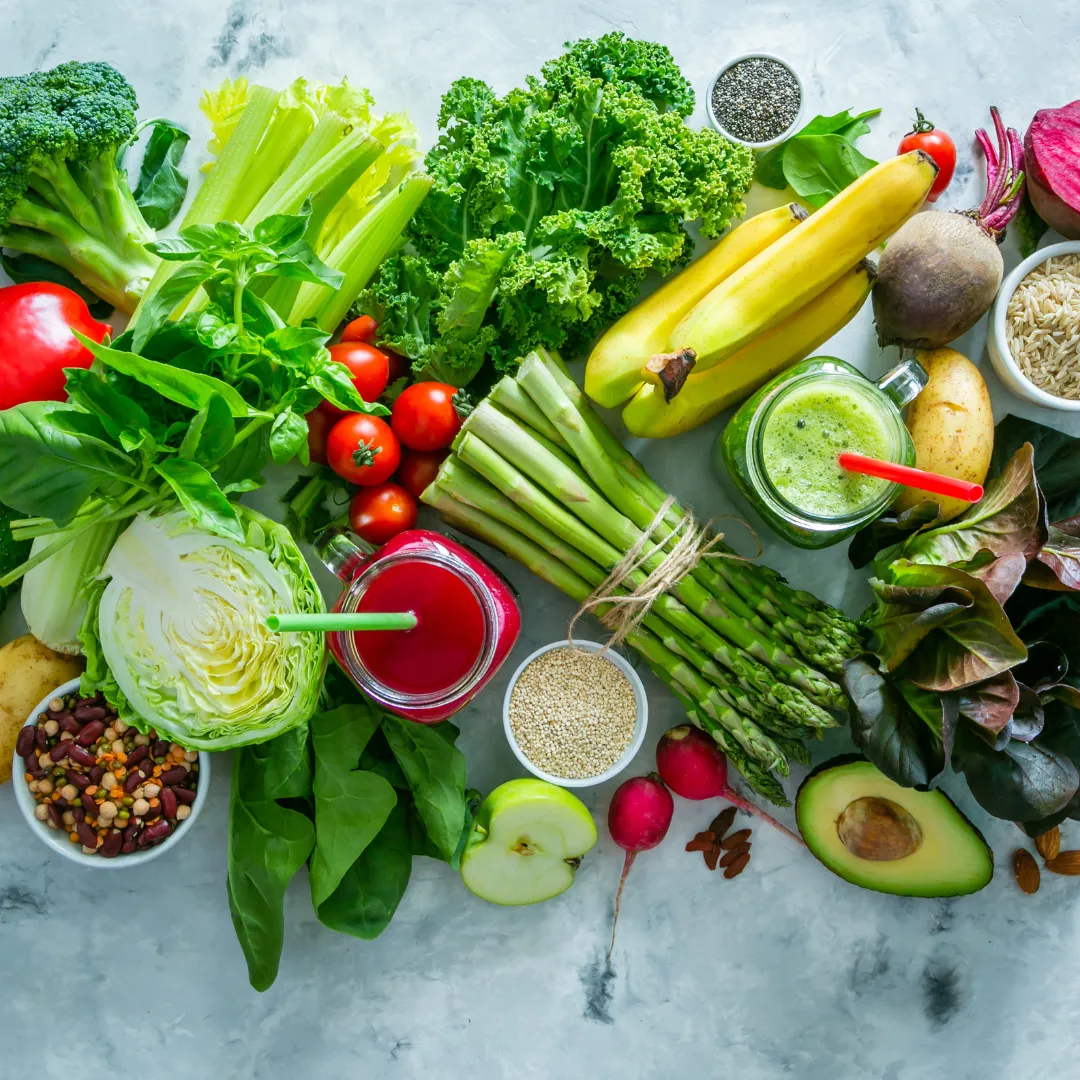Latest Articles

Fueling Your Body: A Physical Therapist’s Perspective on Nutrition and Recovery
We often emphasize the importance of movement, rehabilitation, and injury prevention. However, one often overlooked aspect of health is nutrition—an integral piece of the recovery and performance puzzle. What you eat fuels your body for healing, movement, and optimal function. While my primary role focuses on biomechanics and therapy, I see firsthand how nutrition impacts recovery times, energy levels, and overall physical health.
This blog explores the critical role nutrition plays in recovery, performance, and overall well-being from a physical therapist's perspective. Whether you're recovering from surgery, managing a chronic condition, or simply striving for better performance, understanding the connection between nutrition and physical therapy can help you achieve your goals.
Nutrition’s Role in Recovery
After an injury or surgery, your body enters a repair and rebuilding phase. This process requires specific nutrients to repair tissues, reduce inflammation, and restore strength.
Protein: The Building Block
Protein is essential for muscle repair and tissue regeneration. After an injury, your body’s protein needs to increase to rebuild damaged tissues and support muscle growth. Incorporating lean protein sources like chicken, fish, tofu, beans, or eggs into your meals can accelerate recovery. Protein-rich snacks like Greek yogurt or a protein shake can also be helpful, especially after physical therapy sessions.
Anti-Inflammatory Foods
Inflammation is a natural response to injury, but prolonged inflammation can slow recovery. Anti-inflammatory foods, such as leafy greens, berries, nuts, and fatty fish rich in omega-3s, help manage inflammation without the side effects of medication. Turmeric, with its active compound curcumin, is another powerful anti-inflammatory spice that can be easily added to meals or smoothies.
Vitamins and Minerals
Vitamins like C and D, along with minerals like zinc, play a significant role in tissue repair. Vitamin C, found in citrus fruits and bell peppers, supports collagen production for strong connective tissues. Zinc, abundant in nuts, seeds, and shellfish, enhances the body’s ability to heal wounds. Vitamin D, obtained through sunlight and fortified foods, is critical for bone health and immune support.
The Connection Between Nutrition and Mobility
Whether you're an athlete or someone recovering from surgery, proper nutrition impacts your mobility and function. Joints, muscles, and bones all rely on a steady supply of nutrients to perform optimally.
Hydration for Joint Health
Hydration is often an afterthought, but it’s vital for maintaining joint lubrication and flexibility. Dehydrated joints can feel stiff and may increase the risk of injury. Aim for at least 8–10 cups of water daily, or more if you're engaging in physical activity or therapy sessions.
Calcium and Magnesium for Bone and Muscle Health
Strong bones and relaxed muscles depend on adequate calcium and magnesium intake. Calcium, found in dairy products, leafy greens, and fortified alternatives, is essential for bone strength, while magnesium helps with muscle relaxation and preventing cramps. Foods like almonds, bananas, and dark chocolate can provide a magnesium boost.
Carbohydrates for Energy
Carbohydrates are your body’s primary energy source, especially during therapy or exercise. Opt for complex carbohydrates like whole grains, quinoa, or sweet potatoes, which release energy slowly, keeping you fueled throughout the day. Avoid excessive refined sugars, which can lead to energy crashes.
Nutrition and Chronic Conditions
For patients with chronic conditions like arthritis, osteoporosis, or fibromyalgia, nutrition becomes even more important. The right dietary choices can help manage symptoms, reduce discomfort, and improve overall quality of life.
Arthritis-Friendly Foods
In arthritis patients, reducing inflammation is key. Omega-3 fatty acids from fatty fish, chia seeds, and walnuts can ease joint pain, while foods rich in antioxidants, such as berries and dark leafy greens, combat oxidative stress.
Preventing Osteoporosis
Bone health isn’t just about calcium; it’s also about vitamin K (found in broccoli and kale) and phosphorus (found in nuts and whole grains). These nutrients work synergistically to support bone density and reduce the risk of fractures.
Energy and Pain Management in Fibromyalgia
Fibromyalgia patients often report fatigue and muscle pain. A balanced diet with low-glycemic foods, such as oats and legumes, can stabilize energy levels. Magnesium-rich foods and anti-inflammatory diets can also alleviate symptoms.
Practical Tips for Incorporating Nutrition Into Your Recovery Journey
Understanding what to eat is one thing, but applying it to your daily routine is another. Here are some practical tips for aligning your nutrition with your physical therapy goals:
Plan Ahead: Meal prep can help ensure you have nutrient-dense options readily available, reducing the temptation to grab processed or unhealthy foods.
Snack Smart: Keep healthy snacks like almonds, fruits, or protein bars on hand to maintain energy levels throughout the day.
Timing Matters: Consuming a balanced meal or snack with protein and carbs within 30 minutes of your therapy session can enhance recovery.
Listen to Your Body: Everyone’s nutritional needs are different. Pay attention to how your body responds to certain foods and adjust accordingly.
Seek Professional Guidance: For specific dietary needs, consider consulting a registered dietitian who can complement your physical therapy plan with tailored nutrition advice.
The Holistic Approach: Merging Nutrition and Physical Therapy
Physical therapy and nutrition are two sides of the same coin when it comes to recovery and performance. A holistic approach, combining movement and mindful eating, can yield better outcomes than either strategy alone. For example, improving your strength and mobility in therapy sessions becomes easier with proper fuel from your diet. Similarly, the body heals faster and more effectively when both physical and nutritional needs are met.
Conclusion
As a physical therapist, I’ve witnessed the transformative power of combining proper nutrition with movement. Recovery isn’t just about stretching, strengthening, or reducing pain—it’s about nourishing your body so it can rebuild, adapt, and thrive. By focusing on nutrient-dense foods, staying hydrated, and making informed dietary choices, you can enhance the benefits of physical therapy and achieve lasting results.
Your body works hard for you every day. Isn’t it time to give it the fuel it truly deserves?
Get A Jump On Your Day.
Get a summary of our latest articles by subscribing to our newsletter below.

